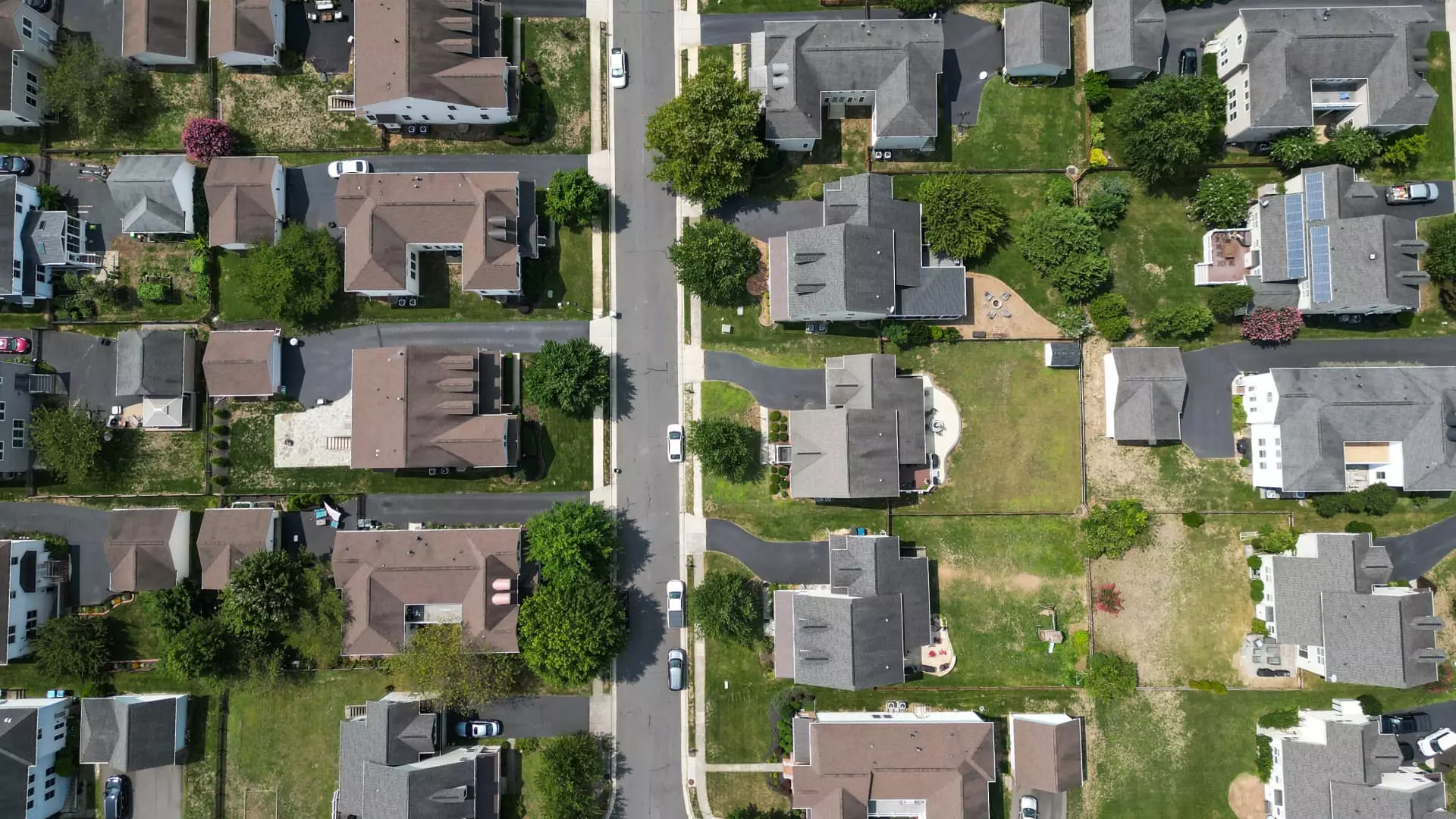Recent weeks have seen mortgage rates plummet to their lowest levels since April, sparking renewed interest among homeowners eager to refinance and save. While this trend might appear promising at first glance, it conceals a deeper, more complicated reality. Lower rates certainly make borrowing more affordable, fostering a temporary sense of optimism. Yet, this optimism is often superficial, masking underlying economic uncertainties that continue to grip the housing market. Be it fears of inflation, unpredictable policy shifts, or geopolitical tensions, many potential buyers remain hesitant, waiting on the sidelines despite the attractive rates. This dichotomy exposes the weakness of so-called “market recovery” narratives, which rely heavily on rate figures without addressing buyer confidence and broader economic health.
Refinance Surge vs. Purchase Stagnation
The mortgage industry experienced a notable uptick in refinance applications, climbing 7% week over week and a staggering 40% compared to last year. This surge underscores homeowners’ desire to capitalize on lower rates and reduce borrowing costs. However, the increase in refinancing activity is primarily driven by existing homeowners with larger mortgages, who are far more sensitive to rate fluctuations. Interestingly, despite the refinancing boom, homebuying activity remains tepid, with purchase application growth barely moving at 0.1%. This disparity highlights a critical flaw: while refinancing benefits a specific demographic, it does little to invigorate new home sales. The broader housing sector continues to grapple with economic uncertainty, affordability concerns, and consumer confidence issues, which persistently curb purchase enthusiasm.
The Illusion of a Robust Market
Many industry observers and policymakers might interpret these rate declines as a sign of impending market revival. In reality, it’s a fragile illusion, masking deeper struggles. The slight increase in purchase applications may appear encouraging, but under the surface, buyers remain wary due to persistent inflation pressures, rising home prices, and potential tightening of lending standards. Additionally, the average loan size for refinancing has increased, now surpassing $313,700, indicating that only wealthier homeowners benefit from these rate cuts. This goes against the narrative of a broad-based, consumer-led housing market recovery. Instead, what we’re witnessing is a selective, limited uptick that benefits a narrow segment, not the average American homebuyer.
Why This Should Frighten Policy Makers
From a center-right liberal perspective, the current situation is a reminder of the importance of cautious optimism. While lower rates are a positive development, they should not be taken as a sign that the housing market is out of the woods. Policymakers need to recognize that monetary easing alone cannot resolve structural issues like housing affordability and economic insecurity. Relying solely on rate declines risks creating a false sense of stability, which may lead to complacency. It’s essential to focus on comprehensive reforms—improving supply chains, reducing regulatory hurdles, and stabilizing inflation—to genuinely foster a resilient housing market that can serve the needs of all citizens, not just those fortunate enough to refinance large mortgages.

